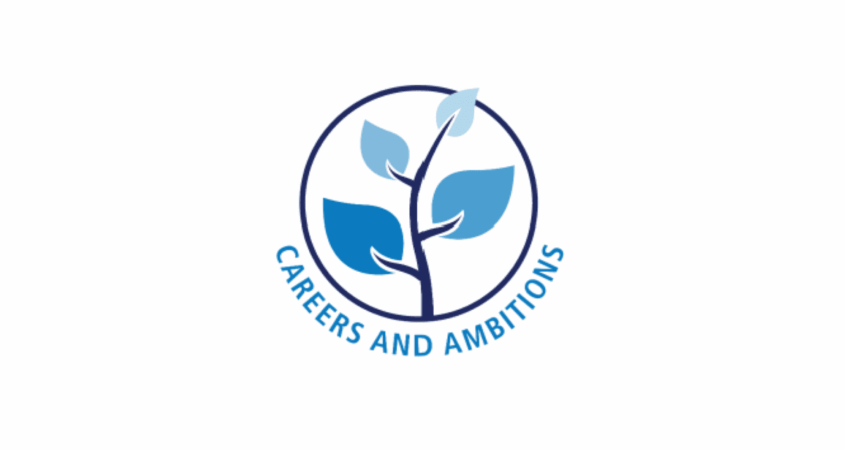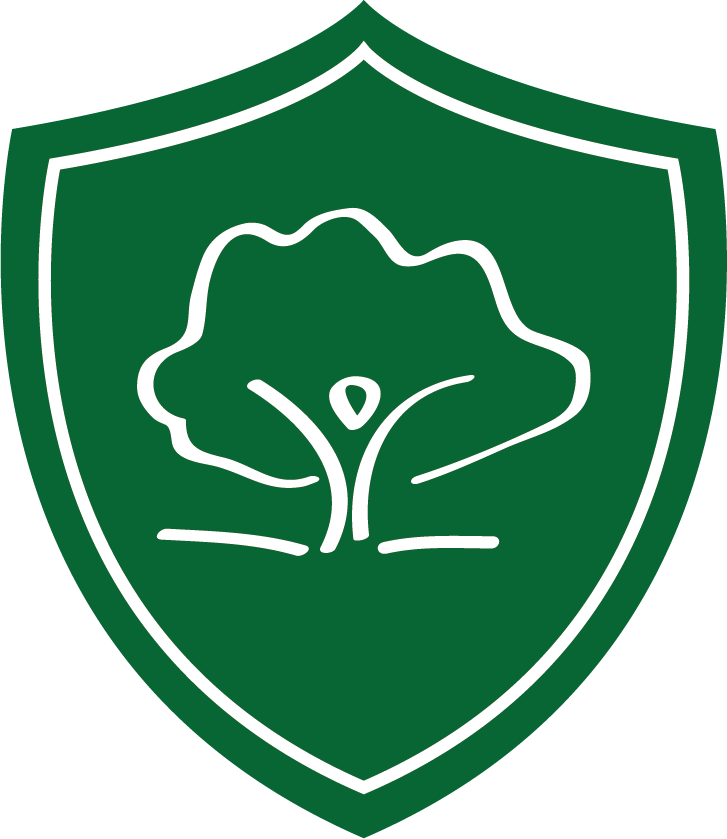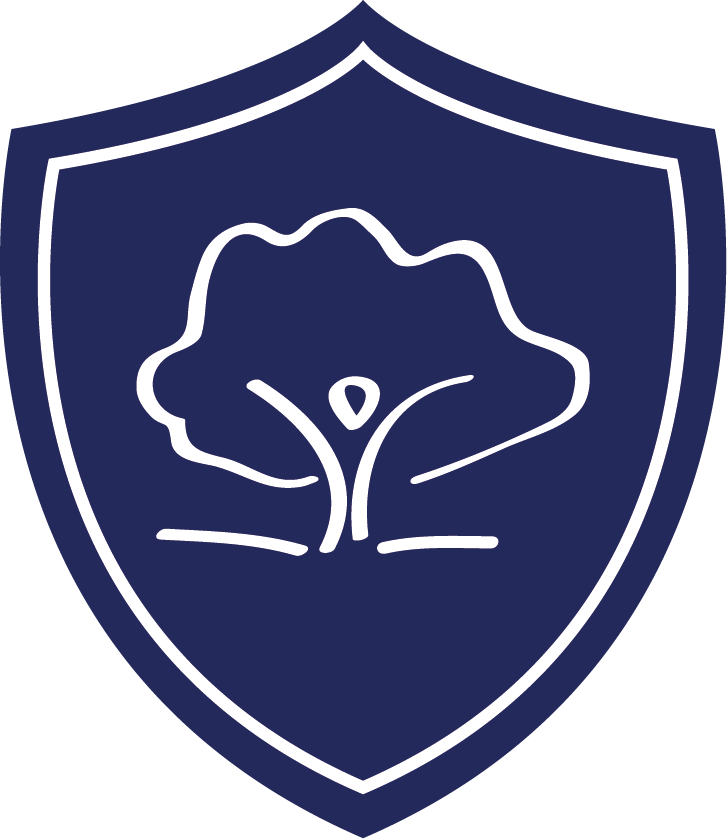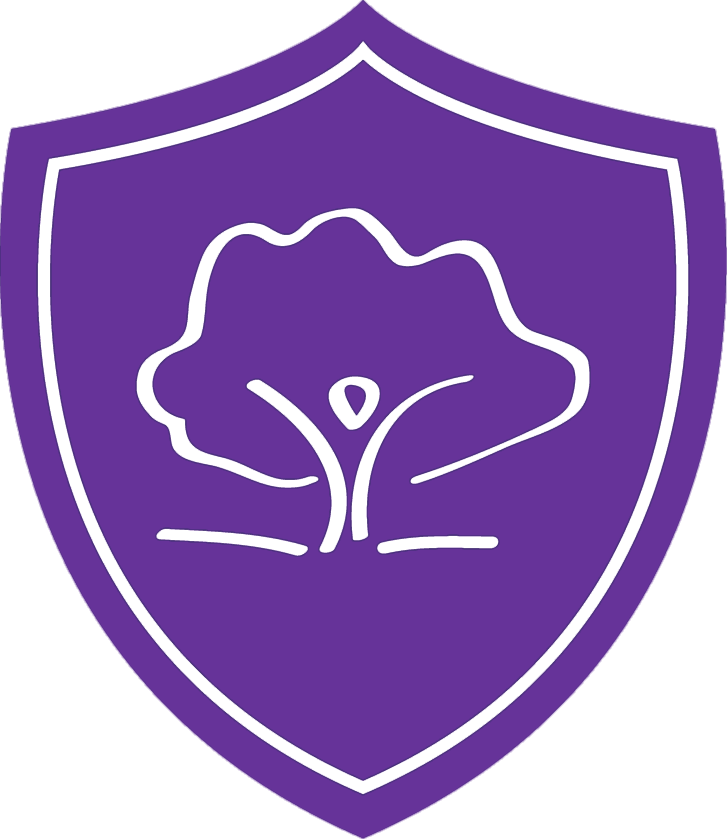
Assessment & Reporting
Below is a detailed explanation of how we use assessment to help our students do well and how our assessment system works.
If you would like to read more on how to support your child at home, please follow this link.
Reports
Learning Indicator
The learning indicator is a measure of your child’s attitude to their learning. There are four possible indicators: ‘Excellent’, ‘Good’, ‘Requires Improvement’ and ‘Poor’.
Teachers award the learning indicator based on your child’s effort in both class work and homework.
To achieve ‘Excellent’, students must exceed expectations. This is given to approximately the top 10% of students in the classroom. Students who are meeting all expectations would receive a “Good” as their learning indicator.
Area of Development (Comment)
Students are given a short comment stating which topic they can focus on to improve their current attainment further. This comment is written by their teacher and linked to one of our online learning platforms so that students can work on these areas independently at home.
At KS3, these comments are provided in our EBacc subjects (English, Maths, Science, History, Geography and MFL).
For Mathematics, this links to Sparx Maths.
For MFL, this links to LanguageNut.
For other subjects this links to SENECA.
Working At Grades
The working at grade is based on the GCSE grading system, which ranges from 9-1, with 9 representing the highest grade. The working at grade is the age related grade that your child is currently working at. This is calculated based on assessments that your child has completed in class. In KS3, we use a range of two grades in order to represent the range of grades your child is currently working at. For example, in Maths they may be working at an Age Related Grade of a 4-5.
An age-related grade means that if a student achieve a grade 5-6 in Year 7, this does not mean that they would achieve a grade 5 or 6 at GCSE if they took their GCSE exams today. Rather, it suggests that they are on track to achieve a grade 5 or 6 at the end of year 11 in that subject assuming that they continue working at their current level and effort.
In PE, students will receive an indicator of their progress instead of a working at grade. There are three possible indicators: ‘Working Towards’, ‘Expected Progress’ and ‘Exceeding Target’. These indicators are calculated from participation in lessons and relate to leadership, lifestyle and technical physical skills. During the mid-year assessments, we would expect for students to be ‘Working Towards’ as only three of the nine KPIs (Key Performance Indicators) have been assessed.
Target Grade
In years 7-9 a student is given a target grade in a range of grades as their target e.g. 4-5.
The target grade is based on the average score your child achieved in their Key Stage 2 SATS at the end of primary school (or that they achieved on an assessment they completed when they first joined our school if SATs did not take place in that academic year). These scores are from 80-120. An average score would be 100.
If your child achieved the average score of 100, they would be expected to achieve a grade 5 in each of their GCSEs at the end of Year 11. This would mean that they have made average progress compared with other students nationally. If your child achieved an average score of 110, your child would be expected to achieve a grade 7. This too would mean that they have made average progress compared with students nationally who scored the same as they did.
To ensure our students have high aspirations for their futures, at KS3 they are given both a minimum target and an aspirational target. For example, if their target is a 4-5, then they should be aiming to achieve a 4 as a minimum and aspire to achieve a 5.
Rank
EBacc subjects (English, Maths, Science, History, Geography and MFL) students will be given a rank.
The rank states where in the year group a child is currently working at based on their assessment results.
There are currently 122 students in Year 8 so for all ranked subjects except MFL a rank of 1 would denote a child achieving the highest score within the year group, whereas a rank of 122 would indicate the lowest score. For MFL, students will be ranked within French and Spanish separately, meaning that the ranks for French would be 1-29 and the ranks for Spanish would be 1-93.
There are currently 153 students in Year 7 so for all ranked subjects except MFL a rank of 1 would denote a child achieving the highest score within the year group, whereas a rank of 153 would indicate the lowest score. For MFL, students will be ranked within French and Spanish separately, meaning that the ranks for French would be 1-31 and the ranks for Spanish would be 1-122.
Please note, that the rank does not determine the set that your child is placed in as sets are a combination of test scores and other factors.
 5146
5146 5836
5836 6129
6129 5318
5318 5400
5400

